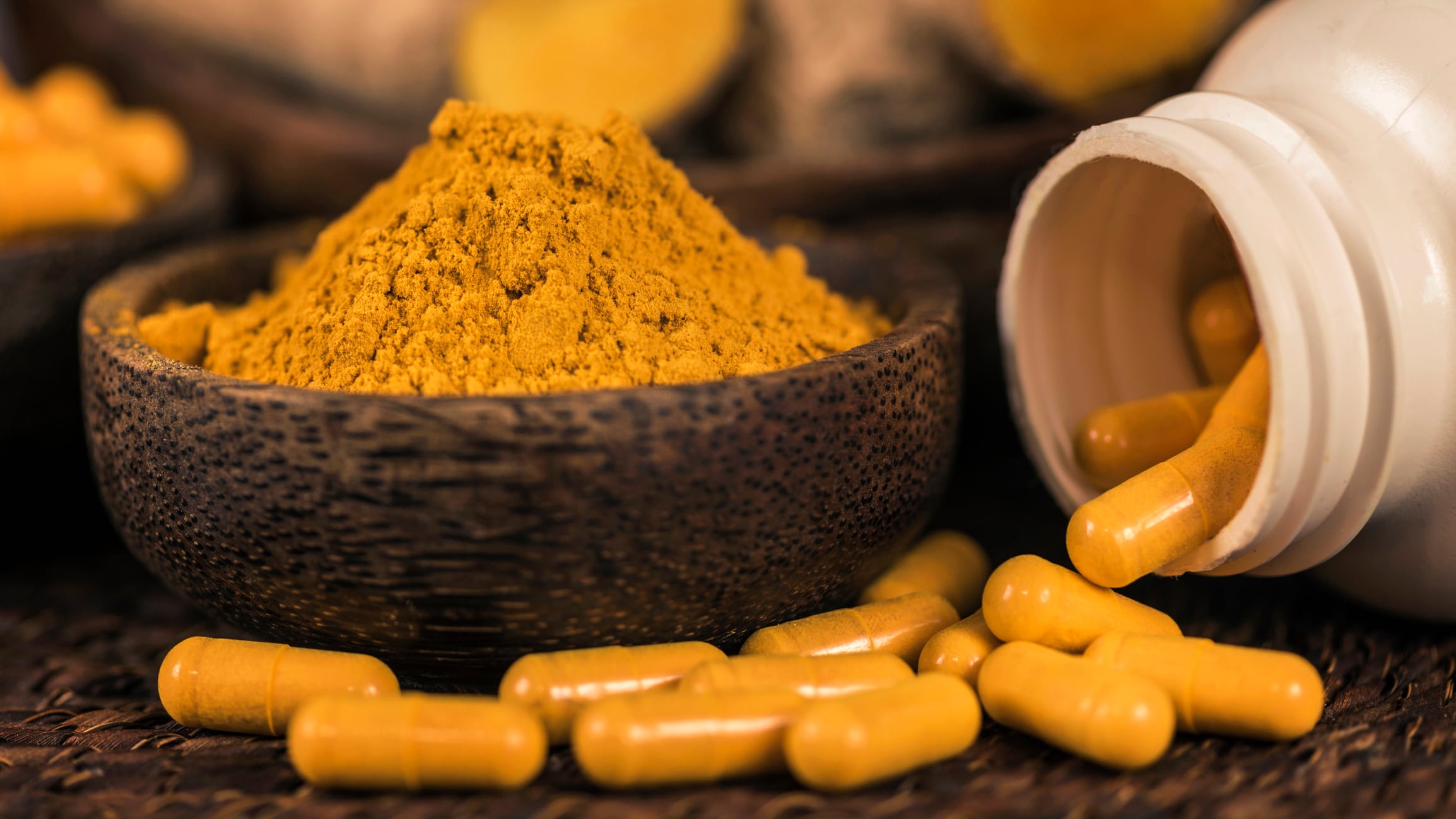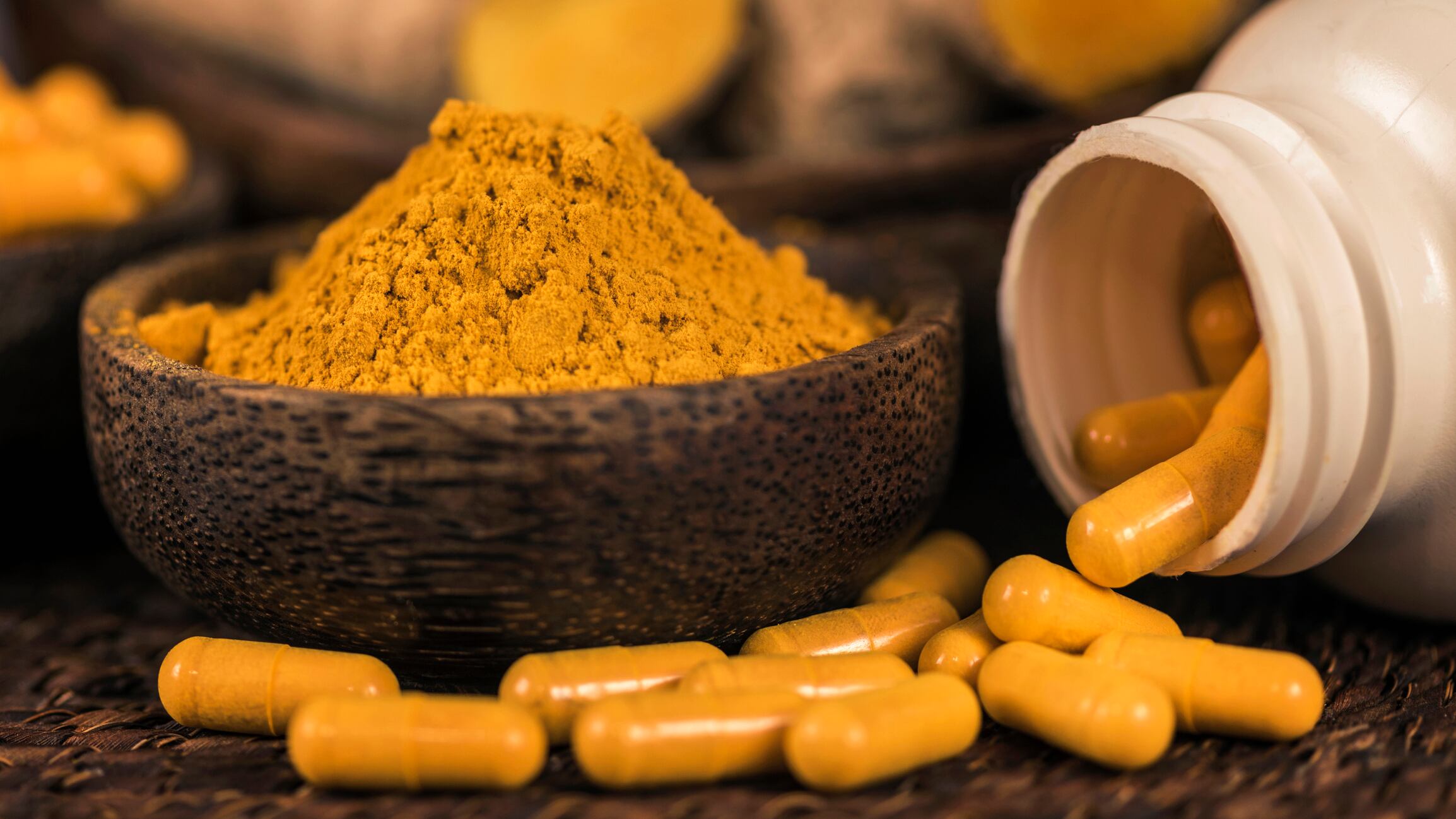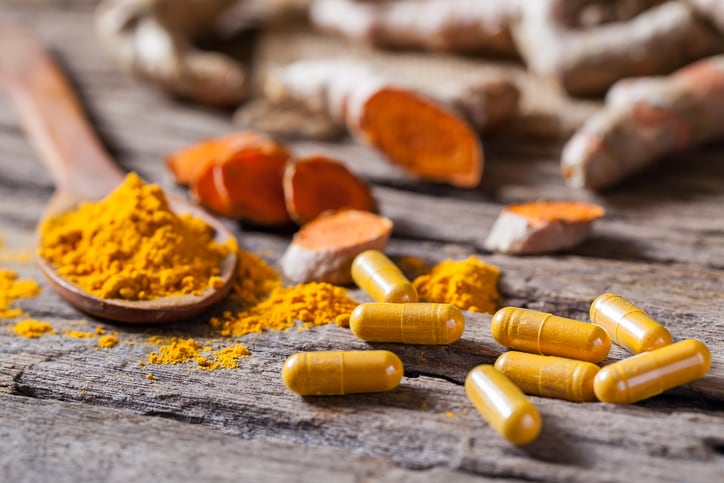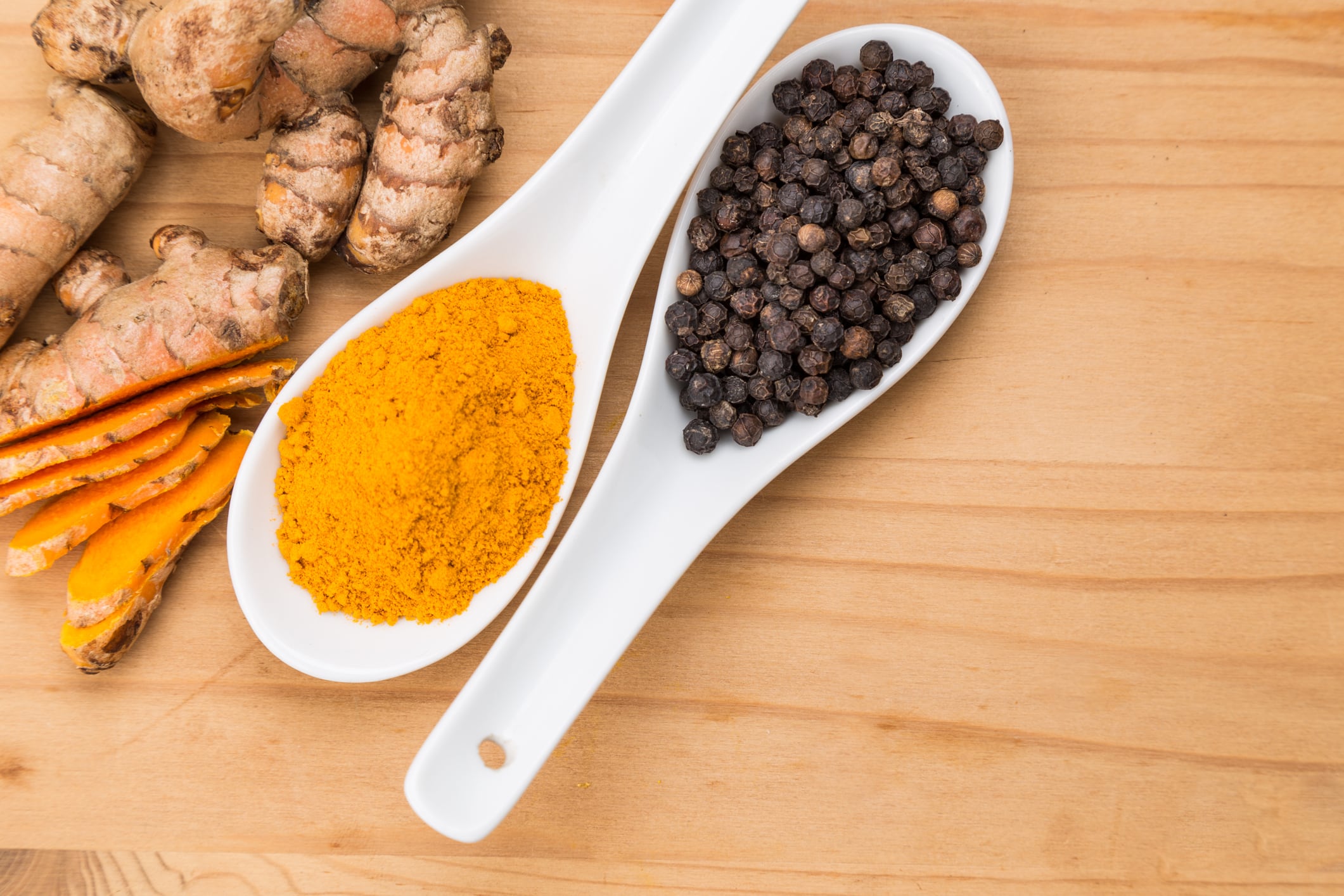The clinical research, funded by Turmipure GOLD supplement producer Naturex, analysed five different turmeric formulations to evaluate levels of curcuminoid absorption in blood plasma as well as factors affecting curcuminoid absorption. The formulations were consumed at clinically relevant, daily recommended doses.
“Comparing the 5 formulations at exactly the same curcuminoid dosage could have been scientifically meaningful, however the approach described here is consistent and of interest for consumers, because curcuminoid bioavailability for each formulation has been assessed at dosages relevant to the consumer,” the research team wrote.
Maximising the benefits
Turmeric has antioxidant, anti-inflammatory and anticancer properties, among other health benefits, but extracts suffer from extremely low oral bioavailability, due to low absorption, rapid metabolism, and rapid excretion following ingestion. As such, a variety of formulations have been developed to enhance oral bioavailability of curcumin in turmeric extracts, although few of them have been tested in clinical trials at clinically relevant doses.
The current study was designed to compare the relative efficacy of recommended dosages for each product, with the aim to substantiate the theory that a 300 mg dose of a dried colloidal turmeric suspension (Turmipure GOLD) produces higher absorption levels of total curcuminoids than its counterparts.
Methodical investigation
A total of 30 volunteers (14 men and 16 women) were enrolled in a randomised, open-label, crossover trial, and sequentially consumed single oral doses of turmeric at their recommended doses: standard turmeric extract (1500 mg (STE)), liquid micellar preparation (1000 mg (NOV)), piperine-curcuminoid combination (1515 mg (TEP)), phytosome formulation (1000 mg (PHYT)), or Turmipure GOLD dried colloidal suspension (300 mg (TPG)).
Eleven blood samples were obtained over 24 hours, plasma was extracted with or without de-conjugation with β-glucuronidase or sulfatase, and ultra-high-pressure liquid chromatography/tandem MS was used to quantify the three parent curcuminoids and 12 metabolites.
Side-effects and potential concomitant treatments were recorded at each session, but no serious adverse effects were reported.
Clarity of absorption
Multiple factors affecting absorption were measured for the three most abundant curcuminoids in turmeric (curcumin, BMC, and BDMC) as well as their major metabolites.
“A new method was specifically developed to allow quantification of numerous metabolites formed from these 3 curcuminoids and to understand better the curcuminoid bioavailability and metabolic transformation after oral administration of the different formulations,” the study explains.
“Therefore, in addition to the specific ingredient contents, consumers will be able to make informed decisions regarding which turmeric formulation to choose based on their real curcuminoid absorption capacity.”
Broader applications
The study concluded that a 300 mg dose of dried turmeric colloidal suspension was sufficient to demonstrate bioequivalence to the 1,500 mg dose of standard turmeric extract as well as delivering as many curcuminoids to the blood as 1,920 mg of standard turmeric extract or 2,260 mg of a piperine-curminoid amalgam.
The report states: "The relative bioavailability from 0 to 24 h of total curcuminoids in healthy volunteers for the colloidal suspension TPG (300 mg) was 24-fold higher than the standard turmeric extract STE (1500 mg). When compared with the other turmeric formulations, 300 mg of the new colloidal suspension was 22-fold more bioavailable than 1515 mg of the piperine-curcuminoid combination TEP, 6-fold more than 1000 mg of the phytosome formulation PHYT, and 2-time less than 1000 mg of the micellar preparation NOV."
Lead scientist, Pascale Fança-Berthon commented that the dried colloidal formula delivers ‘the natural wellbeing benefits that consumers want at a low and cost-effective dose’ and ‘broadens the potential for application development’.
The investigation also showed that piperine-curcuminoid did not improve curcuminoid bioavailability in any of the formulations evaluated, despite previous reports indicating it enhances absorption and increases systemic concentration of curcumin.
Source: The Journal of Nutrition
Pascale Fança-Berthon, Mathieu Tenon, Sabrina Le Bouter-Banon, Alexis Manfré, Corinne Maudet, Angelina Dion, Hélène Chevallier, Julie Laval, Richard B van Breemen
“Pharmacokinetics of a Singe Dose O Turmeric Curcumiinoids Depends on Formulation: Results of a Human Crossover study”




